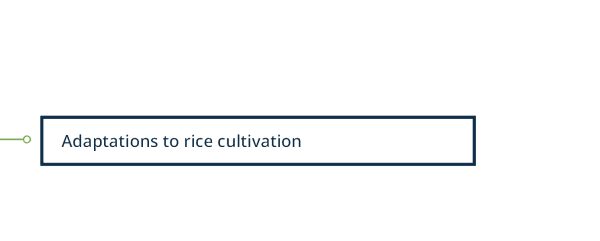Non-product-based approaches for vector control
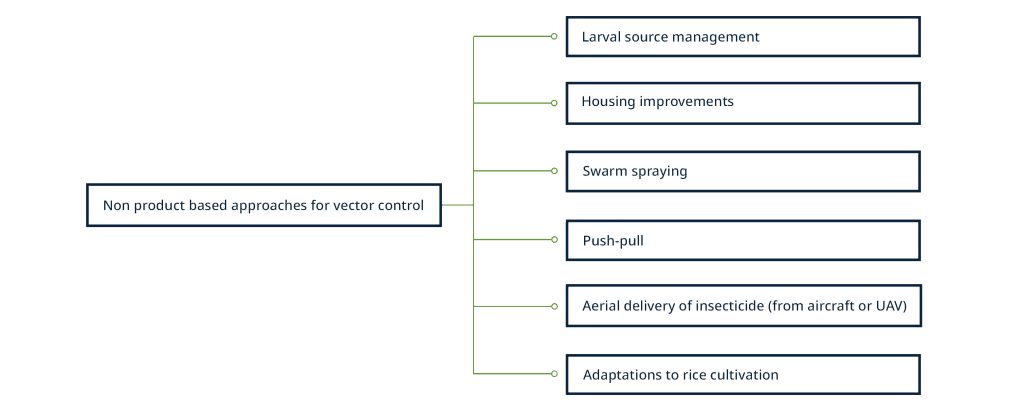

Larval source management (LSM)
Larval source management (LSM) involves the identification and subsequent treatment or removal of water sources that are used as mosquito breeding sites. This method aims to prevent mosquito larvae from developing into the adult stage, thereby reducing mosquito population numbers. LSM can involve a variety of techniques, such as draining or filling in water sources, applying insecticides to water and introducing mosquito larvae predators such as fish or copepods.
LSM Resources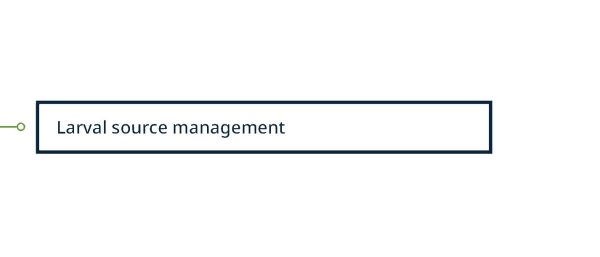
Housing improvements
Modifying the physical structure of homes and other buildings can be a useful additional method of control against vector-borne diseases. This can involve installing screens on windows and doors to prevent mosquitoes from entering, sealing gaps in walls and roofs, and increasing room ventilation. Improving the water supply and sanitation infrastructure, by providing access to piped water and improved waste management practices, the availability of standing water breeding sites can be reduced.
Housing improvement Resources
Swarm spraying
Spraying mosquito mating swarms with insecticides can be used to control mosquito populations. The insecticides used for spraying swarms can either be contact insecticides which kill directly, or growth regulators which will disrupt the mosquito’s life cycle.
Swarm spraying Resources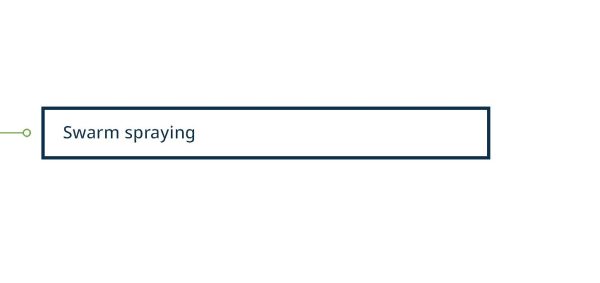
Push-pull
Push-pull methods of mosquito control involve using a combination of tactics to repel mosquitoes away from human populations while simultaneously attracting them to a separate location where they can be effectively controlled. This approach is based on an understanding of the sensory and behavioural cues that mosquitoes use to locate hosts and breeding sites.
Push-pull Resources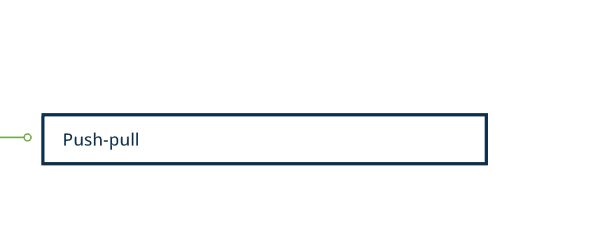
Aerial delivery of insecticide
Mosquito populations can be controlled by spraying insecticides from an aircraft over large areas, such as forests or rural places. This method of vector control is usually used in hard-to-reach areas or areas with very high density of mosquito populations. The insecticides used for aerial delivery are usually sprayed as ultra-low volume (ULV) formulations, which are designed to deliver small droplets of insecticide that can drift and penetrate vegetation to target adult mosquitoes.
Aerial delivery Resources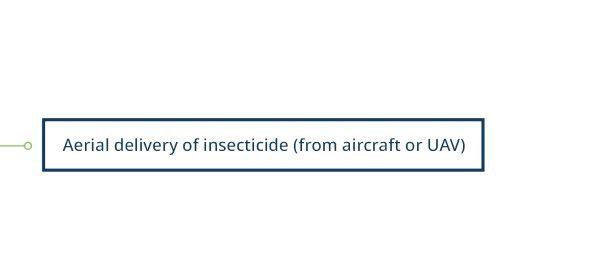
Adaptations to rice cultivation
By modifying methods of rice cultivation, we can reduce mosquito breeding sites and help control vector-borne diseases. Traditional rice cultivation practices often involve flooding the fields with water, which can create ideal breeding sites for mosquitoes. Adaptions to cultivation aim to modify practices to reduce the availability of breeding sites and minimise contact between humans and mosquitoes. This can be achieved through various techniques such as planting rice varieties that require less water, promoting the growth of other crops alongside rice to create a less favourable mosquito environment, and introducing fish species to feed on mosquito larvae.
Adaptations to rice cultivation Resources